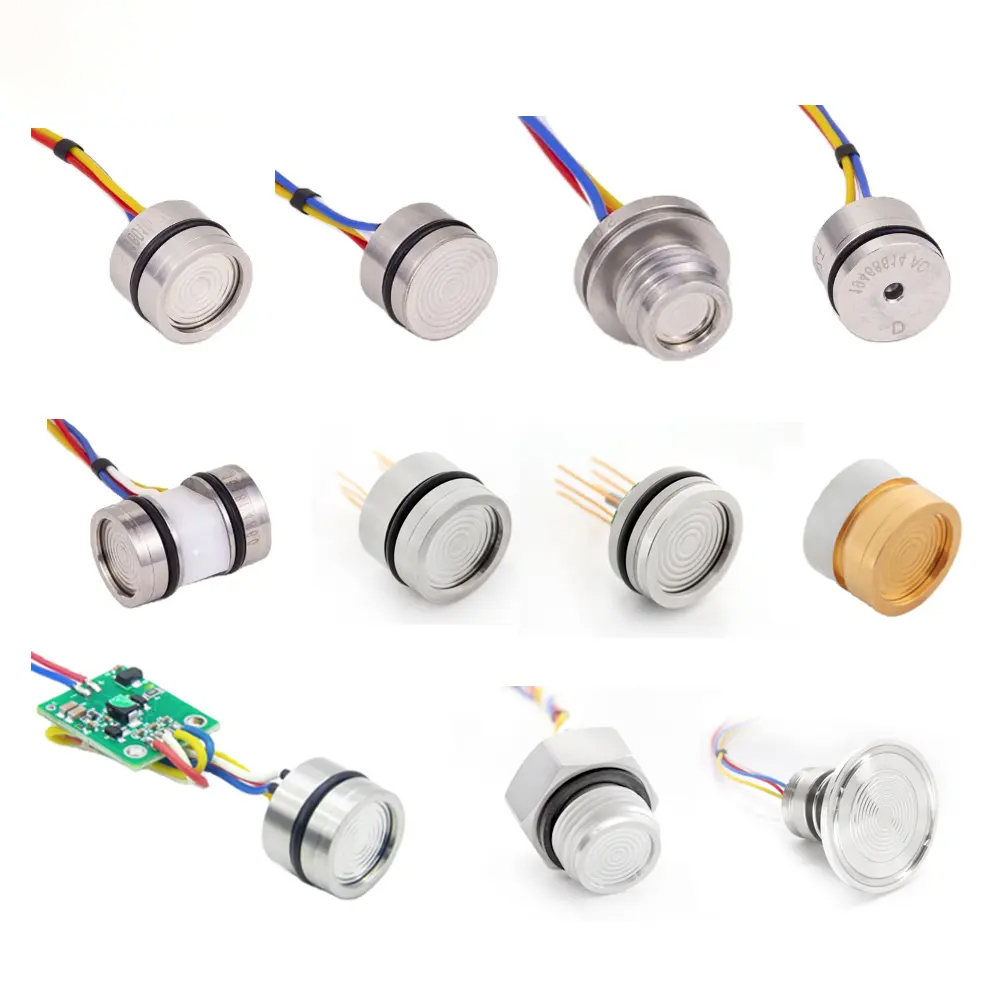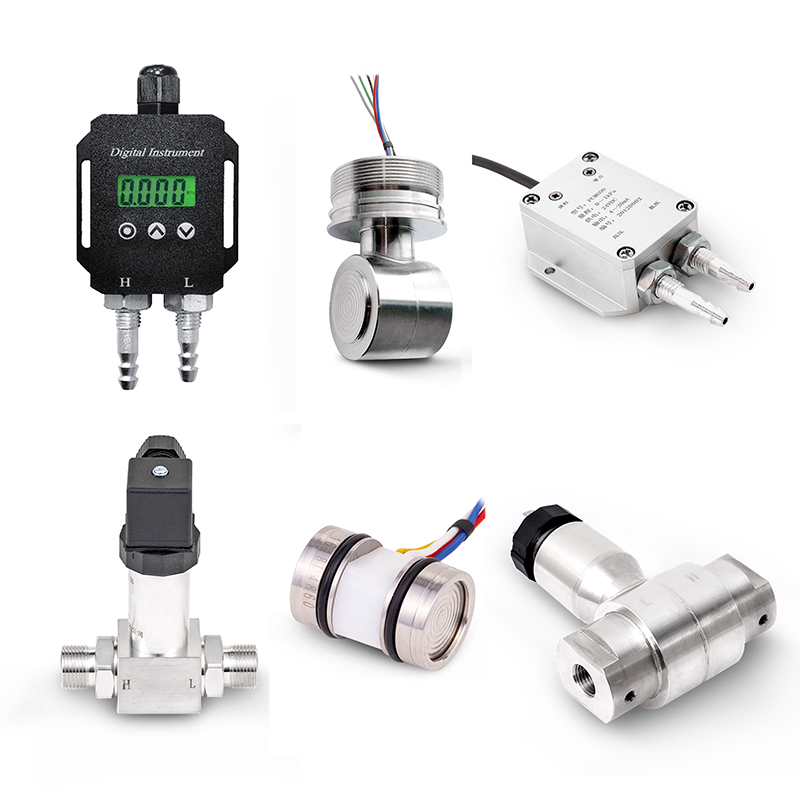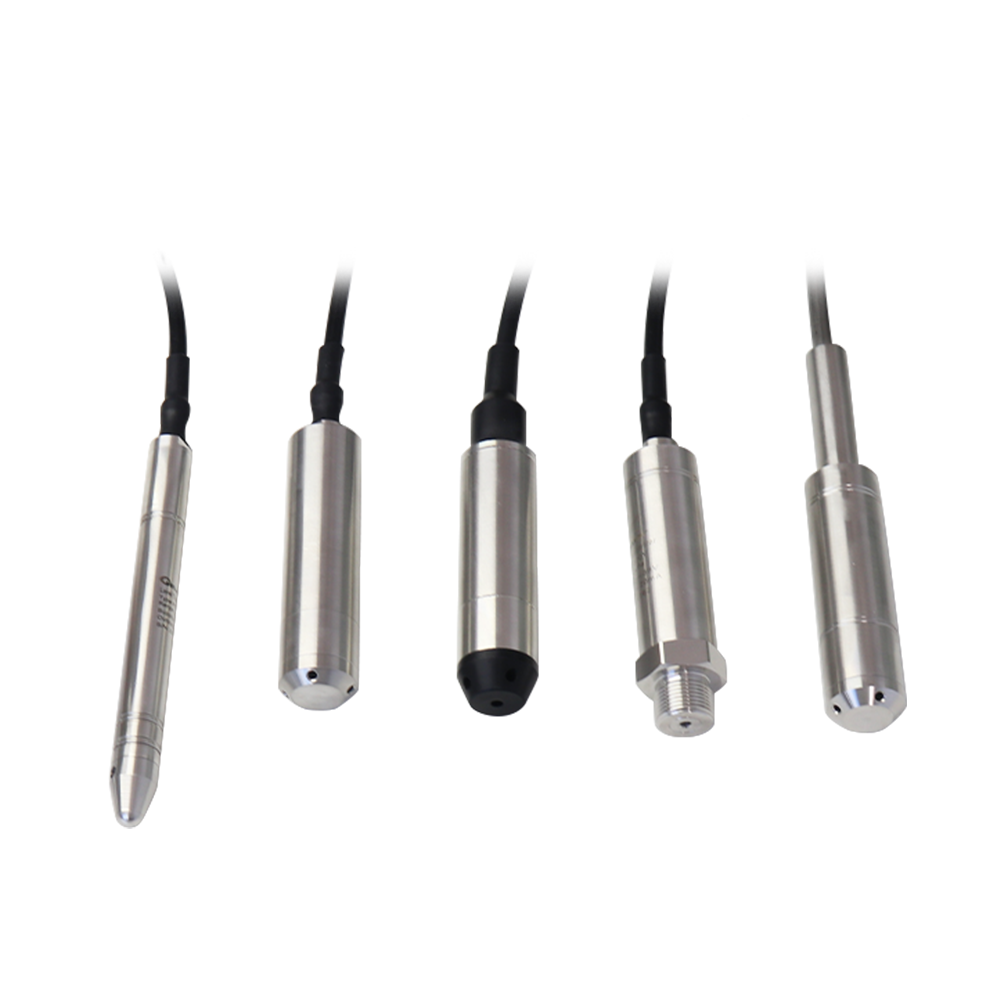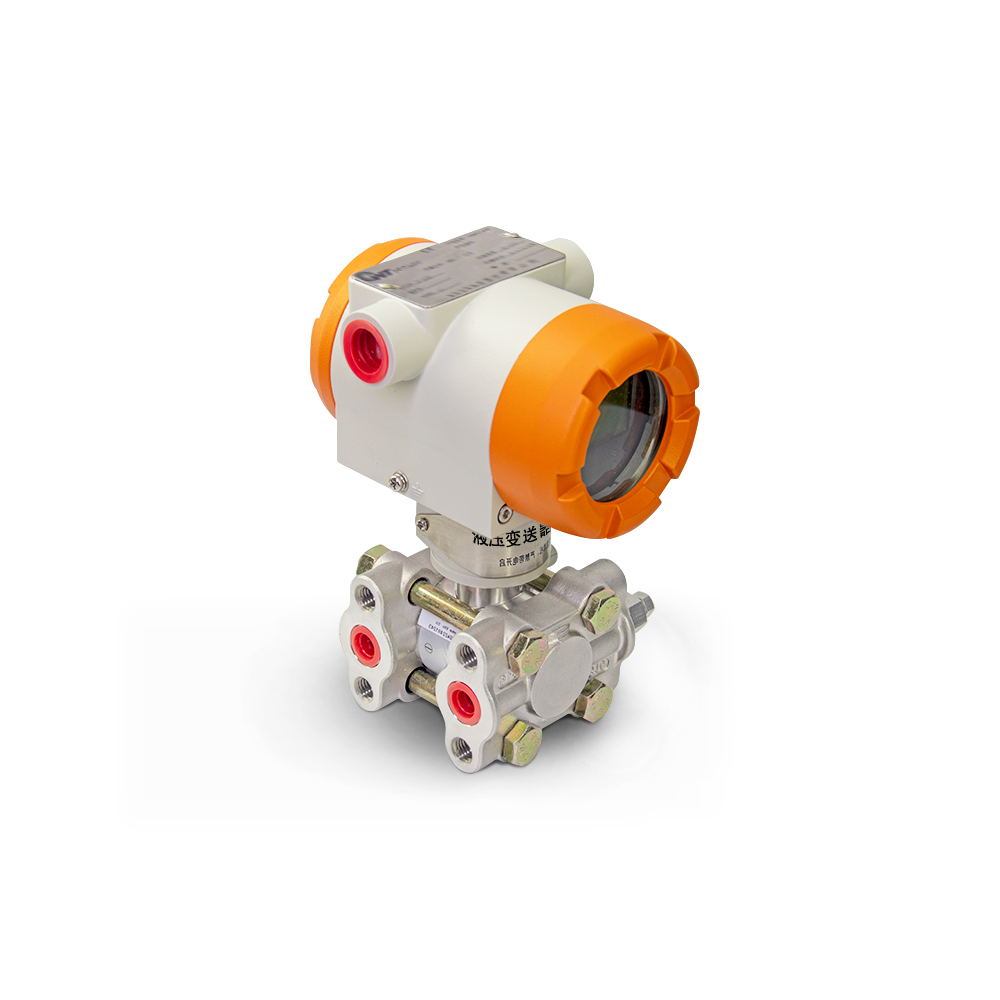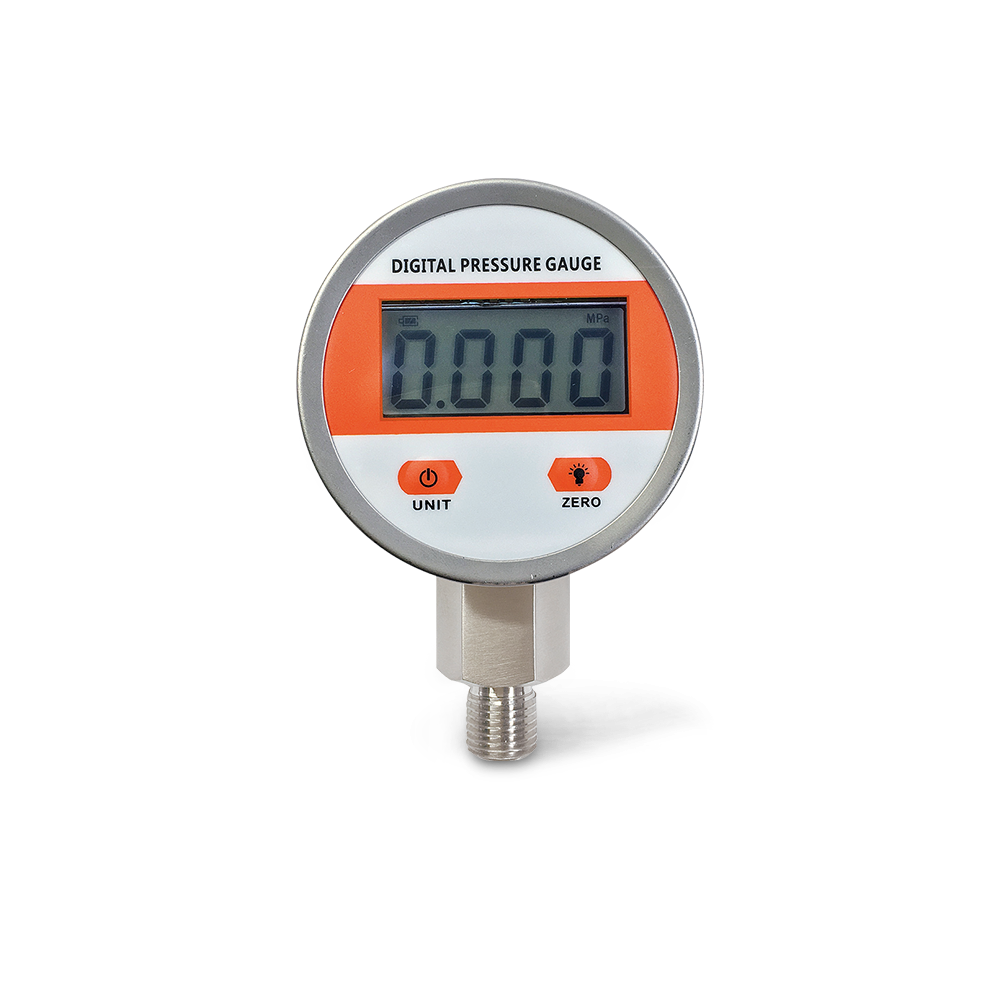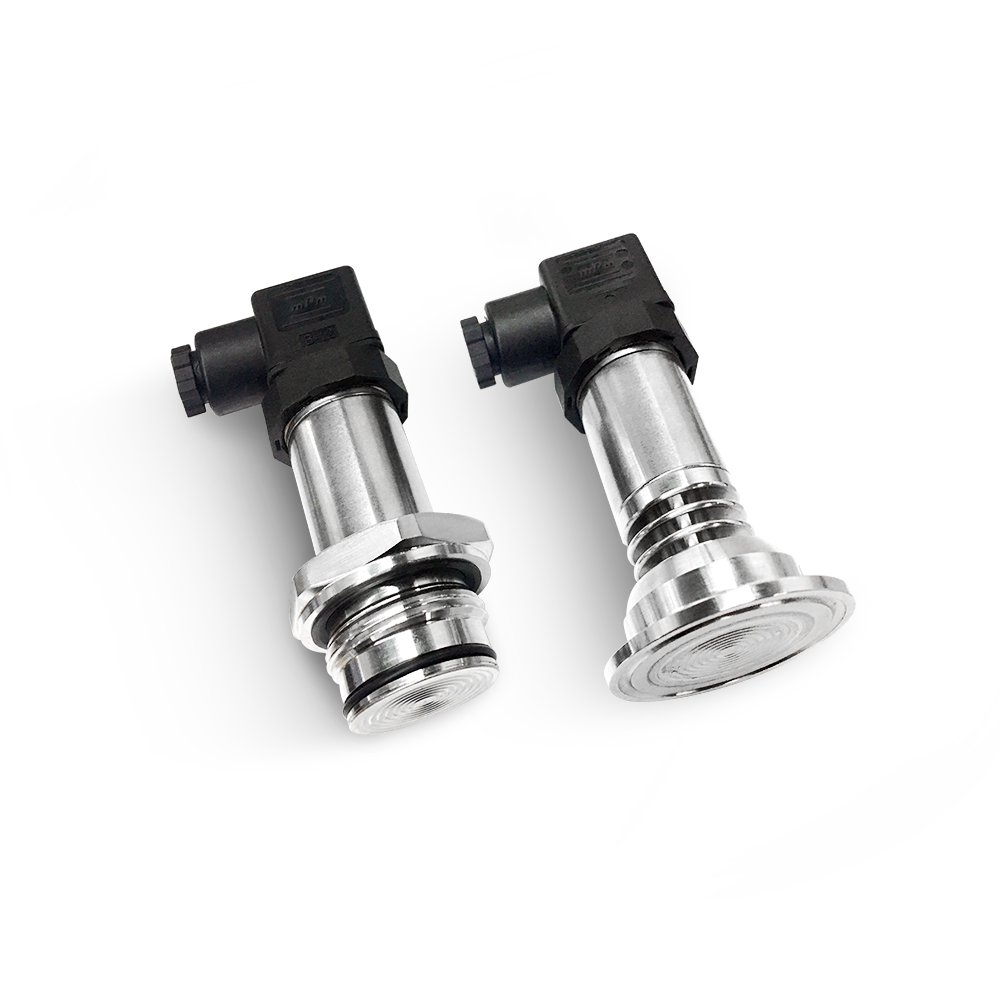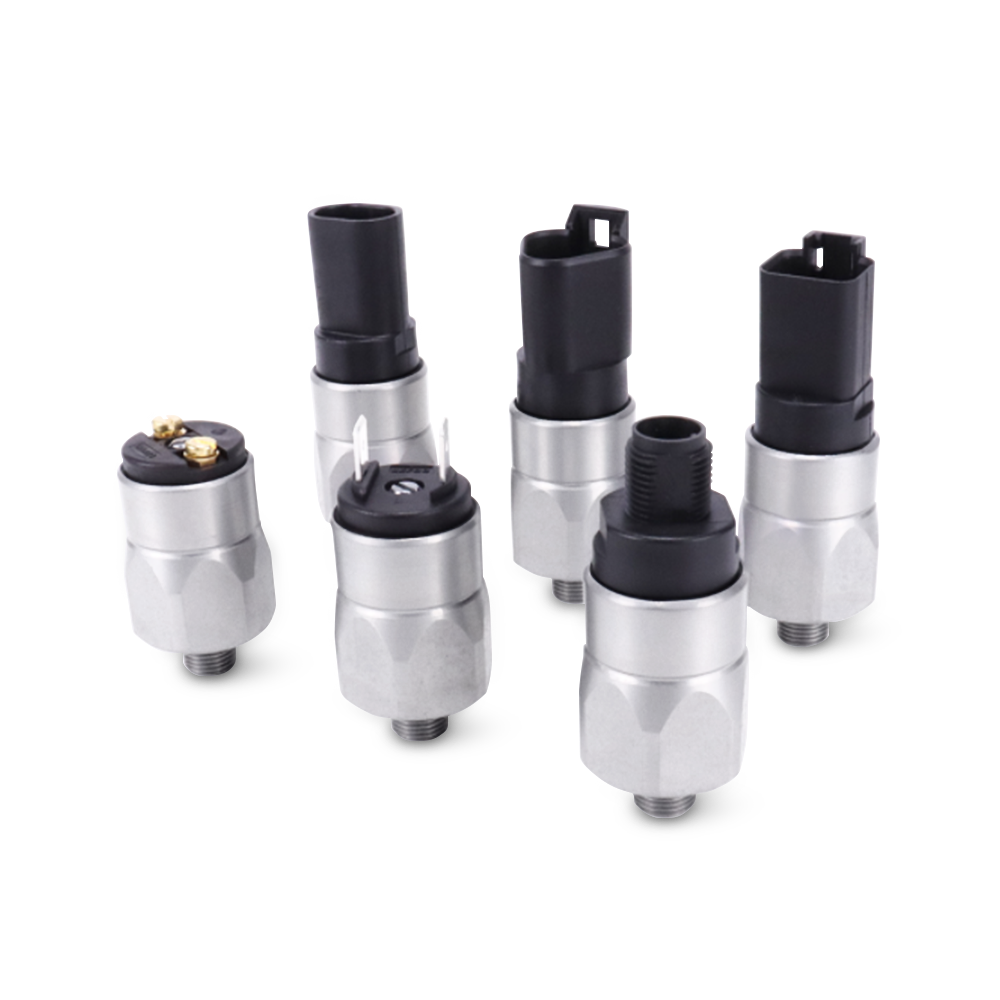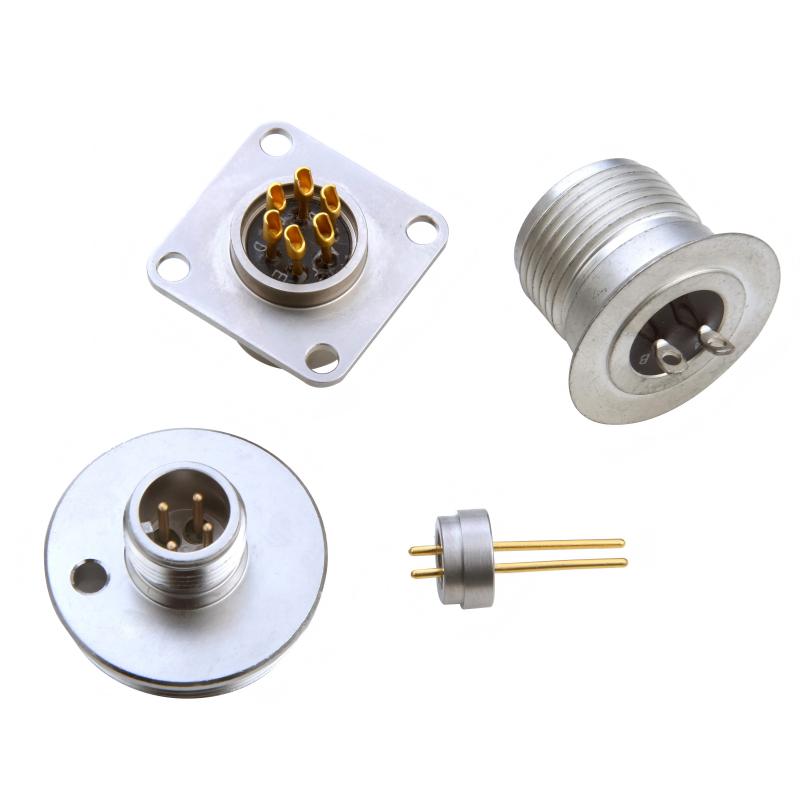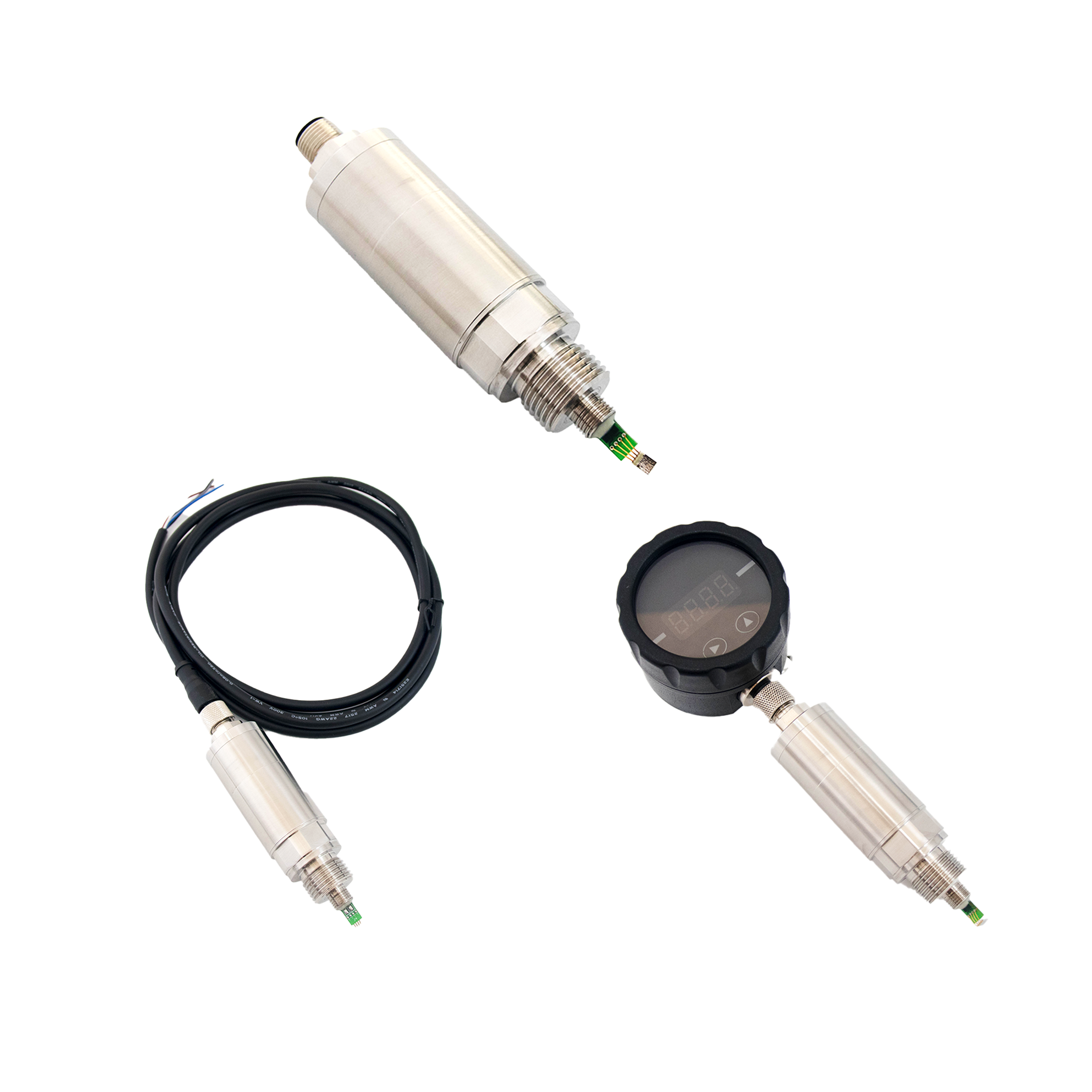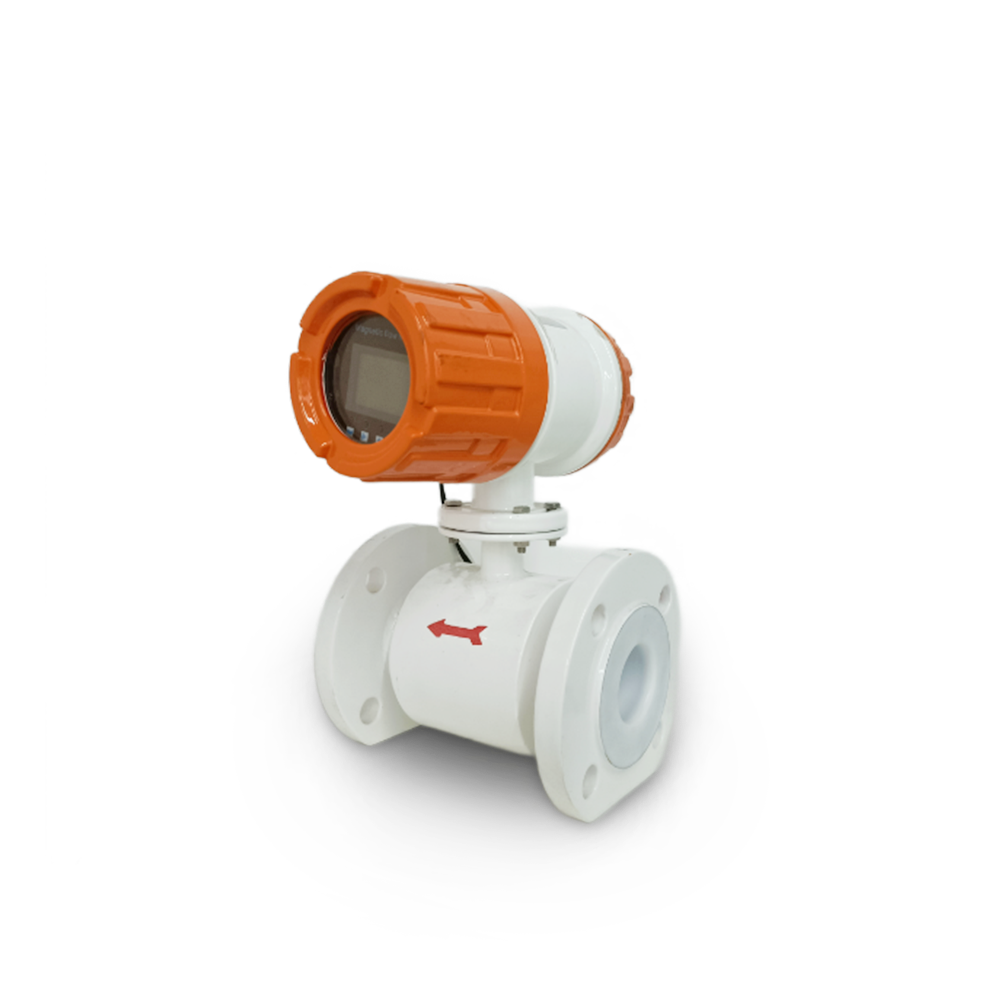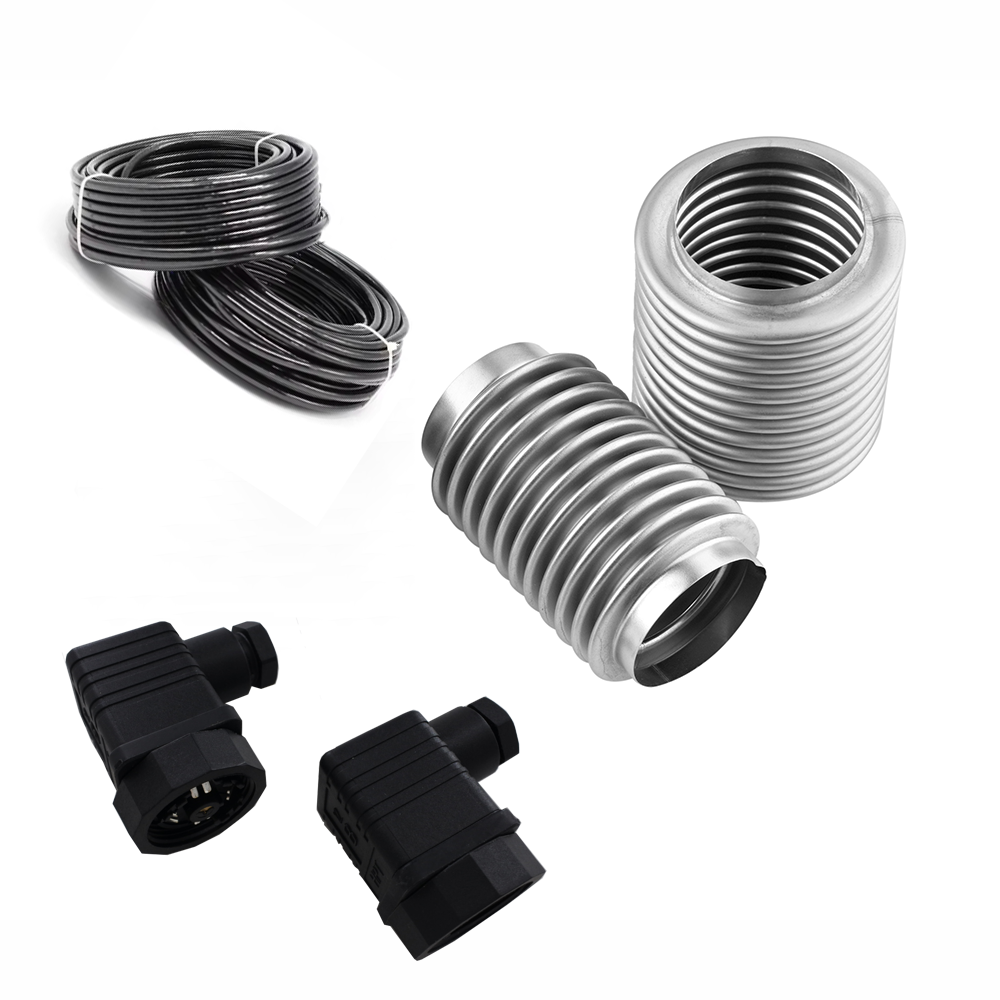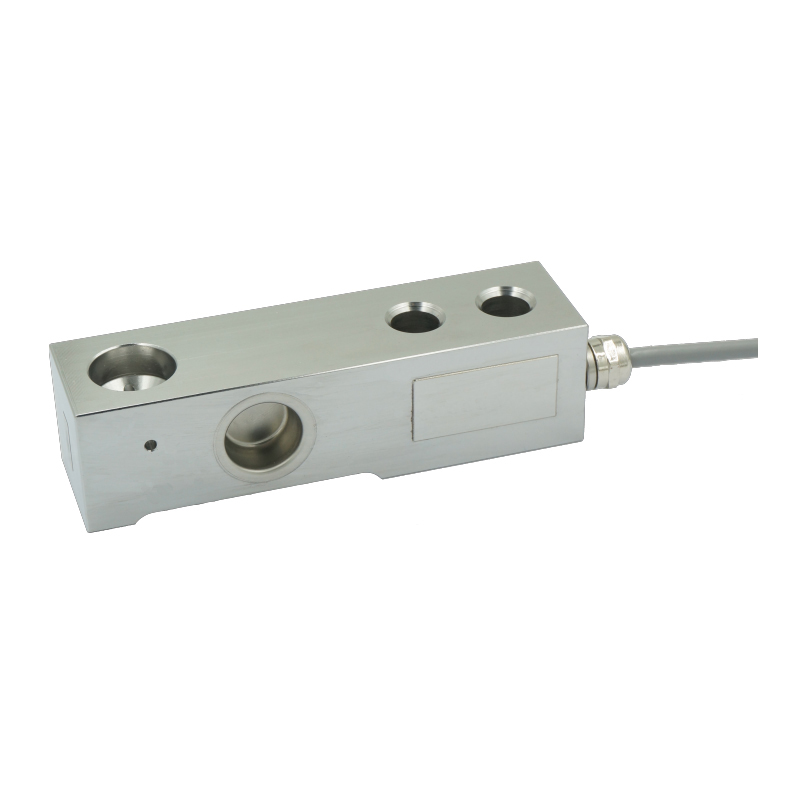How Pressure Sensors Improve Seawater Desalination Efficiency and Reliability
From: Issued date 2025.07.23 Back

As global freshwater resources become increasingly strained, seawater desalination has emerged as a vital solution for producing potable water in coastal and arid regions. Desalination processes, particularly reverse osmosis (RO), depend heavily on precise pressure control and monitoring to ensure reliable, safe, and energy-efficient operations. Pressure sensors are therefore indispensable components in desalination systems, providing real-time data that enables the optimization of equipment performance and protection of sensitive components like membranes.
The Role of Pressure in Desalination Processes
In seawater desalination systems, pressure is a central operating parameter. For example, in reverse osmosis systems, seawater must be pressurized to 55–80 bar to overcome the natural osmotic pressure and allow freshwater to pass through a semi-permeable membrane. Other desalination technologies such as multi-effect distillation (MED) or multi-stage flash (MSF) distillation also involve pressure differences between stages. Monitoring and controlling these pressures is essential for maintaining system efficiency and preventing failures due to pressure fluctuations or overloading.
Critical Points of Pressure Monitoring in Desalination Systems
1. Intake and Pre-Treatment Stage
The seawater intake system draws raw seawater from the ocean into the treatment facility. This water typically contains suspended solids, microorganisms, and other contaminants. To protect downstream equipment and RO membranes, the water passes through coarse screens, sand filters, and chemical dosing units.
Pressure sensors are installed before and after each filtration stage to monitor pressure differentials. A rising differential pressure across a filter indicates fouling or clogging, signaling the need for backwashing or filter replacement. These sensors must be corrosion-resistant due to constant exposure to seawater and chemicals like chlorine.
2. High-Pressure Pumping and RO Membrane Feed
One of the most energy-intensive components of a desalination plant is the high-pressure pump that feeds seawater into the reverse osmosis membranes. The pump must maintain a precise and stable pressure—typically between 55 and 80 bar—depending on the salt concentration and membrane specifications.
Pressure sensors are mounted on the discharge line of the high-pressure pump to monitor this pressure in real-time. Any drop below the required threshold can reduce water production, while excess pressure risks damaging the membranes. Using accurate, stable high-pressure transmitters ensures optimal RO operation, protects critical components, and enables energy recovery systems to operate efficiently.
3. Membrane Module Differential Pressure
As seawater flows through the RO membranes, pressure naturally decreases from the feed side to the brine side. Over time, the membranes can become fouled with salts, biofilms, and particulates, which increases the pressure drop across the membrane.
By using differential pressure sensors—either as integrated units or calculated from separate upstream and downstream pressure transmitters—operators can detect membrane fouling early. This enables timely cleaning-in-place (CIP) operations to restore efficiency and extend membrane lifespan. Consistent monitoring also helps optimize membrane performance by maintaining ideal operating pressures.
4. Brine Discharge and Energy Recovery
After the desalination process, the high-salinity brine must be discharged, either directly into the ocean or through a discharge pipeline equipped with energy recovery devices such as pressure exchangers or turbines. Pressure sensors installed in the brine discharge line ensure that the flow is maintained within safe pressure limits, preventing pipe rupture or equipment failure.
In systems with energy recovery units, pressure sensors help regulate the pressure balance between the feedwater and the brine stream. Accurate measurement is critical for achieving high recovery efficiency and minimizing energy consumption.
5. Permeate and Product Water Line
The freshwater that exits the RO membranes—known as permeate—flows into storage tanks or directly into distribution systems. Monitoring pressure in the permeate line ensures stable delivery and verifies the performance of the membranes.
Low-pressure sensors installed in these lines can detect anomalies such as membrane leaks or valve malfunctions. Additionally, pressure data can be used to automate downstream processes like chlorine dosing, remineralization, and blending with other water sources.
6. Post-Treatment and Storage
In the final stages, desalinated water may undergo additional treatment such as pH adjustment, mineral reintroduction, or UV sterilization before being stored or distributed. Pressure sensors in these areas ensure consistent flow through chemical dosing systems and final filtration units.
Level and pressure transmitters in storage tanks provide information for pump control, overflow prevention, and system diagnostics. Submersible pressure transmitters are especially useful in large or underground tanks for reliable level measurement.
Features Required in Pressure Sensors for Desalination Applications
The harsh conditions of seawater desalination present unique challenges for sensor selection. A suitable pressure transmitter must meet the following requirements:
1. Corrosion Resistance
Due to the high salt content and use of aggressive chemicals for membrane cleaning, sensor materials must be resistant to corrosion. Commonly used materials include 316L stainless steel, Hastelloy C, titanium, and PTFE-coated diaphragms. For prolonged durability in direct seawater contact, sensors with titanium diaphragms are highly recommended.
2. Long-Term Stability
Desalination plants operate 24/7, and frequent sensor calibration is not practical. Therefore, pressure transmitters must offer excellent long-term stability with minimal zero drift. This reduces maintenance costs and enhances system reliability.
3. Wide Pressure Ranges
Sensors are required across a wide pressure spectrum—from low-pressure measurements in permeate lines (0–6 bar), to high-pressure conditions at RO feed pumps (up to 100 bar or more). Transmitters must be selected according to the exact pressure range and overpressure protection requirements of each system section.
4. High Accuracy and Fast Response
In control systems involving automated feedback loops, sensor accuracy and response time are critical. A slow or inaccurate sensor could result in pressure overshoot or pump cycling, leading to inefficiency or equipment damage.
5. Robust Design Against Vibration and Pulsation
High-pressure pumps and fluctuating flows can introduce vibration and pulsation that affect sensor performance. A robust mechanical design with internal damping or signal filtering ensures reliable readings in dynamic conditions.
WTsensor Solutions for Desalination Plants
WTsensor offers a complete portfolio of pressure transmitters designed to meet the needs of seawater desalination systems:
PCM303D Universal Pressure Transmitter
Suitable for general pressure monitoring throughout the desalination plant, including intake, pre-treatment, and permeate lines. Features SS316L or titanium diaphragm for corrosion resistance.
PCM400 High-Pressure Transmitter
Designed for RO pump discharge lines. Capable of withstanding pressures up to 1000 bar with high accuracy and stability.
PCM260 Submersible Level Transmitter
Ideal for water level monitoring in storage tanks. Fully sealed design with IP68 protection and long-term reliability in brackish or saline water environments.
Each sensor is customizable for pressure range, output signal (4–20 mA, 0–10 V, RS485), electrical connection, and process interface to meet specific project needs.
Pressure sensors are integral to the safe, efficient, and cost-effective operation of seawater desalination equipment. From intake to post-treatment, precise pressure monitoring enables optimized system control, early fault detection, and prolonged equipment lifespan. By selecting the appropriate sensor type and materials for each application point, engineers can ensure consistent freshwater output and minimize unplanned downtime.
WTsensor’s industry-proven solutions offer high accuracy, corrosion resistance, and durability to meet the rigorous demands of desalination processes. Whether upgrading existing plants or building new facilities, reliable pressure measurement is a foundation for sustainable water treatment operations.
This article Tags: pressure sensor pressure transmitter
Back to List
